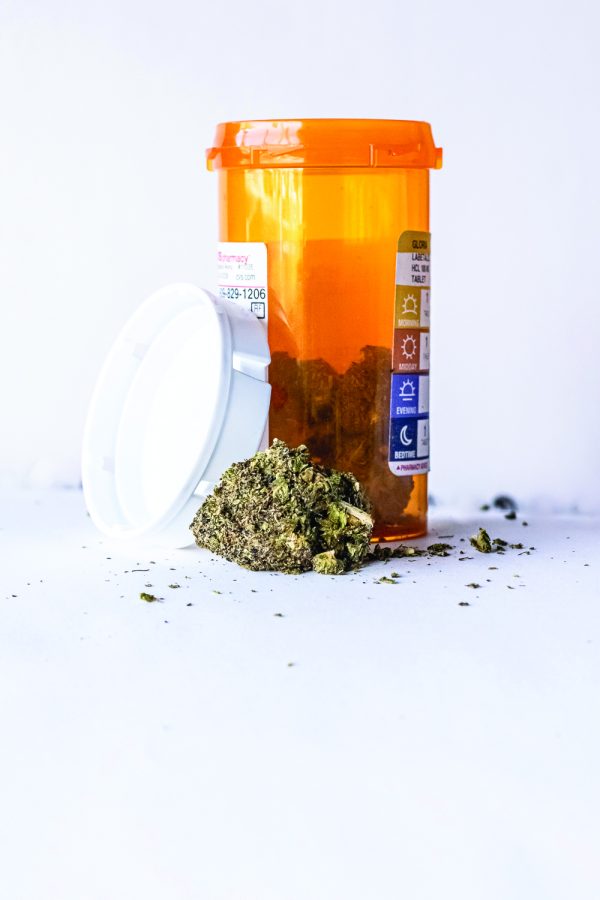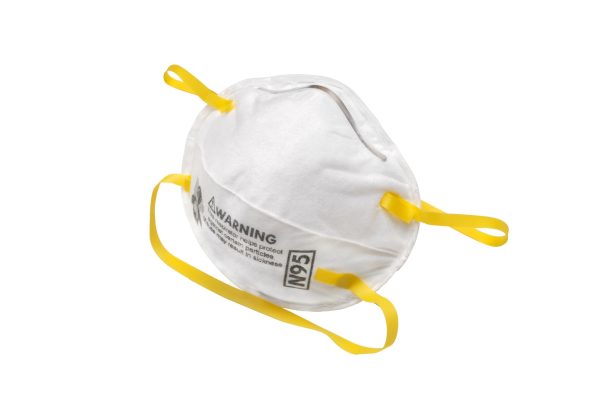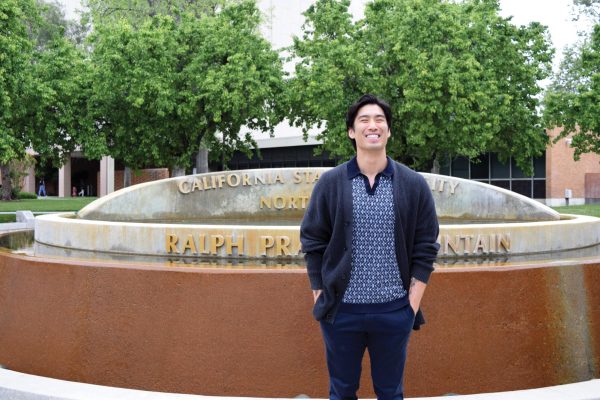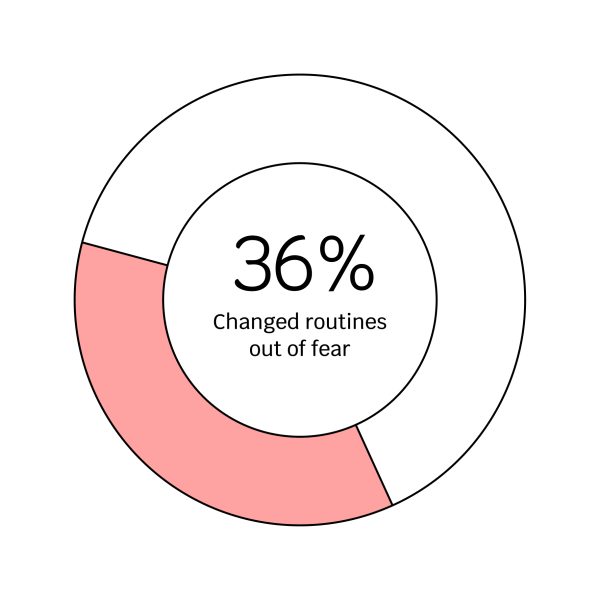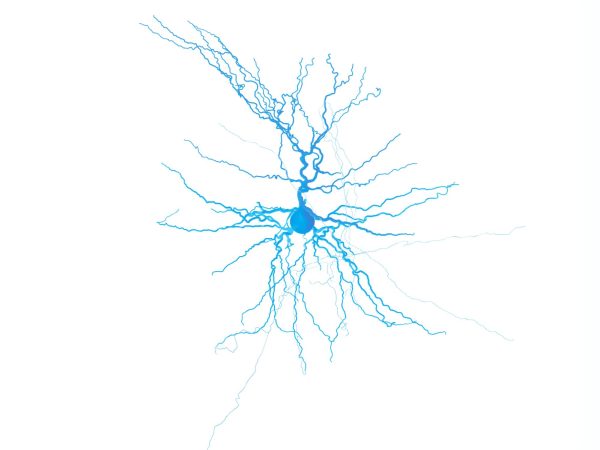Medical Cannabis 101
December 12, 2022
California became the first state to legalize medical cannabis in 1996. Since then, the practice of using cannabis to treat health concerns has seen a change in perceptions toward the drug. For example, 84% percent of U.S. adults in 2016 believed cannabis should be legal for either recreational or medical use, according to the Pew Research Center. Six years later in 2022, 59% of U.S. adults want it legal for recreational and medical use, while 30% want it legal for medical use only. With a shift in attitudes toward the plant, more individuals may consider using cannabis for medicinal purposes.
Cannabis is a psychoactive drug that contains hundreds of chemical compounds called cannabinoids. Tetrahydrocannabinol and cannabidiol are the most common chemicals. The euphoric high often felt after consuming cannabis is primarily caused by THC, the main cannabinoid that alters one’s mental state, according to the National Center for Complementary and Integrative Health.
When it comes to medical cannabis, research supports the potential help that it may have in treating certain illnesses and symptoms. Studies compiled by the NCCIH found that cannabis may help relieve chronic pain, reduce anxiety, treat seizures associated with epilepsy and alleviate chemotherapy-induced nausea and vomiting, to name a few benefits. How someone takes medical cannabis depends on preference and medical history, which physicians both consider with patients. Methods of consuming cannabis can be categorized in four ways: inhalation, ingestion, sublingual consumption and topicals, as defined by the Drug Policy Alliance.
Inhalation includes smoking and vaporizing. Smoking involves burning dried cannabis flowers and inhaling the chemicals into the lungs. Often this is done in the form of cannabis cigarettes or pipes, including water pipes known as bubblers and bongs. Vaporizing involves inhaling cannabinoid vapor without breathing in traditional smoke, which is typically done through a vape pen.
Ingestion involves eating edibles, which are foods that contain cannabinoids like THC and CBD. Cannabis-infused gummy candy, brownies baked with cannabis-infused butter and salads drizzled in cannabis-infused oil dressing are a few examples.
Sublingual consumption involves dropping or spraying liquid cannabis extracts under the tongue where blood vessels can absorb the cannabinoids. Topicals are lotions, salves, bath salts and oils that are applied to the skin. This non-psychoactive method is often used to treat pain and inflammation in the body.
The various methods of cannabis consumption may be overwhelming. Figuring out if using cannabis is advisable, as well as what forms and dosages are recommended, may require seeing a medical professional.
Dr. Sherry Yafai, a medical cannabis physician and owner of the Releaf Institute, a cannabis clinic in Santa Monica, believes getting professional help when considering medical cannabis is important.
“At some point along the way, I do believe that especially depending on the diagnosis, depending on how much you’re using, depending on if you’re utilizing this as your primary medication, I do think that you need to seek guidance,” Yafai said.
Yafai mentions that factors like dosages and cannabinoid ratios, such as the amount of THC versus CBD in a product, create a range of options for patients to choose from. This abundance of choices is another reason to consult a physician.
“If you’re going to try it like a Tylenol, use a small dose and use it on your own, sure, I’m not opposed to that. But if you’re trying to use it as a Percocet or something stronger, the goal is that you should have someone guiding you on that at least once or twice to make better suggestions and recommendations,” Yafai explained.
Like any prescribed drug, cannabis can produce negative side effects. These may include impaired memory, difficulty thinking, respiratory issues, and intense nausea and vomiting, according to the National Institute on Drug Abuse. Cannabis is still banned on a federal level and classified as a Schedule 1 drug that has “no currently accepted medical use, and a high potential for abuse.”
Regardless of social attitudes toward cannabis, the plant will always be out there for eligible adults to consume. Getting educated on why and how it is used can be the first step in determining if it may help or hinder one’s health. For those who decide to use medical cannabis, Yafai emphasizes one piece of advice.
“The most important thing I can get across to every young adult out there is: know your dose, know what you’re using,” Yafai said.
